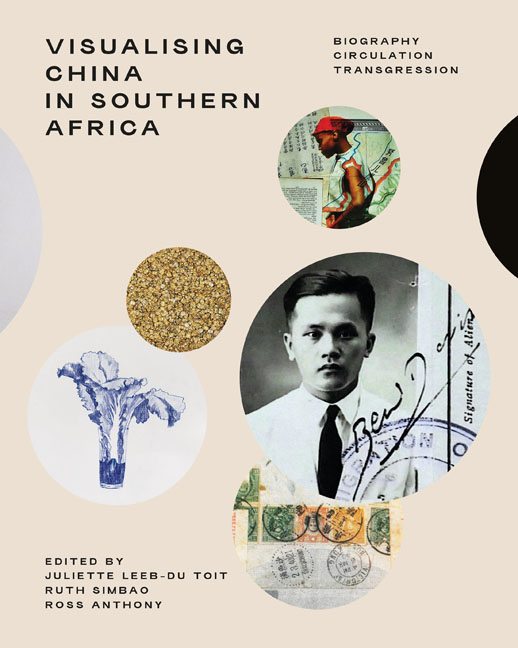7 - Hidden Objects at the Johannesburg Art Gallery: Han Dynasty Míngqì
Published online by Cambridge University Press: 24 November 2023
Summary
One of the more unusual sculptures housed at the Johannesburg Art Gallery (JAG) is a 2 000-year-old Chinese burial ceramic stemming from the Han dynasty (206 BCE–220 CE). Known in Chinese as a míngqì, or funerary object, the sculpture portrays a ceramic model of a farmyard (JAGC34) (Figure 7.1). Given how it stands out in terms of the broader collection of largely European and African art in the museum collection, this chapter seeks to understand how the míngqì came into the gallery's possession but also how, as gallery contexts have changed through the years, the object itself has assumed different layers of meaning. Drawing on archival materials, I discuss the work's ‘biography’ (Kopytoff 1986), where looking ‘outwards’ from the object reveals socio-cultural values that have become entangled with it. This aims at a better understanding of ancient East Asian art in a South African context, and also how the trajectory of such ‘irritating’ objects illustrates socio-cultural changes within the museum and South Africa more broadly.
I draw on the use of ‘irritating’ here, from the work of Julia Kelly, who argues that some objects in collections are considered irritating because they are ‘unusual’ or have ‘not yet been the subject of research’ (2007, 2). While others have written on the history of objects in the JAG, these works primarily interrogate the tensions between the European and the African binary, as well as associated binaries: the modern and the ‘primitive’, fine art and the ethnographic, and how such tensions manifest themselves through the likes of exhibitions, acquisitions and policy formulation.1 None of these histories includes the Chinese ceramics collection in their exploration of the gallery's history, with the exception of one Ming dynasty roof tile image in the catalogue for the One Hundred Years of Collecting: The Johannesburg Art Gallery exhibition, juxtaposed with some Japanese prints (Carman 2010, 29). As if to highlight its liminality, the ‘Oriental ceramics collection’ is referred by Jillian Carman as ‘extraneous to JAG's core policy’, though it nevertheless comprises ‘superb assets which enhance JAG's collection and exhibition profile’ (2010, 23).
The Han dynasty objects have thus been largely overlooked in terms of critical engagement. This is due in no small part to the general lack of East Asian expertise in South Africa.
- Type
- Chapter
- Information
- Visualising China in Southern AfricaBiography, Circulation, Transgression, pp. 140 - 153Publisher: Wits University PressPrint publication year: 2023



